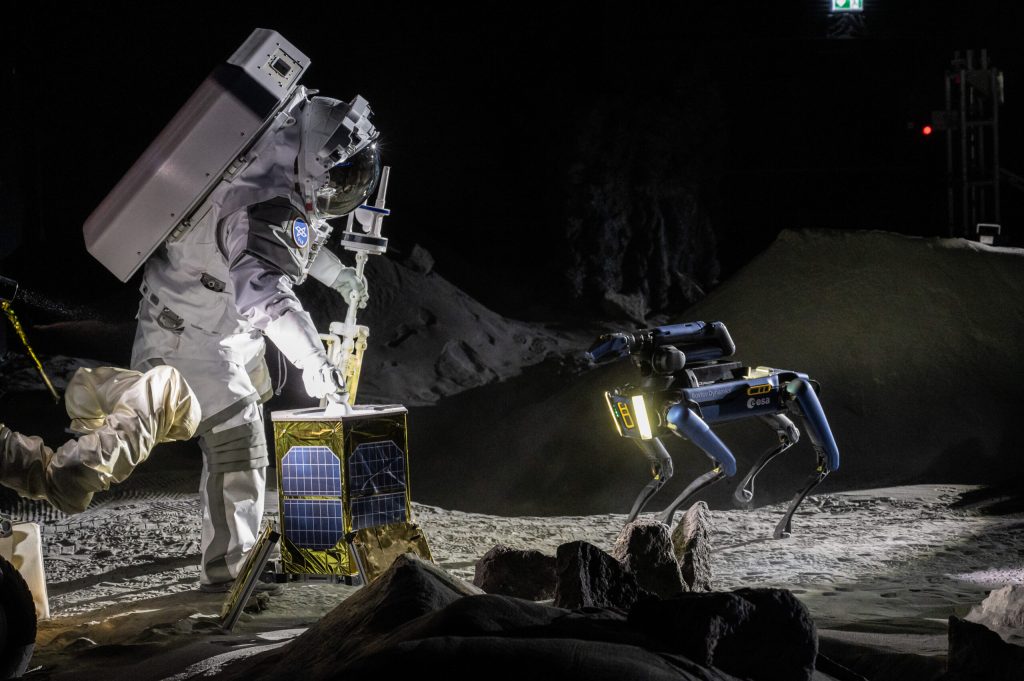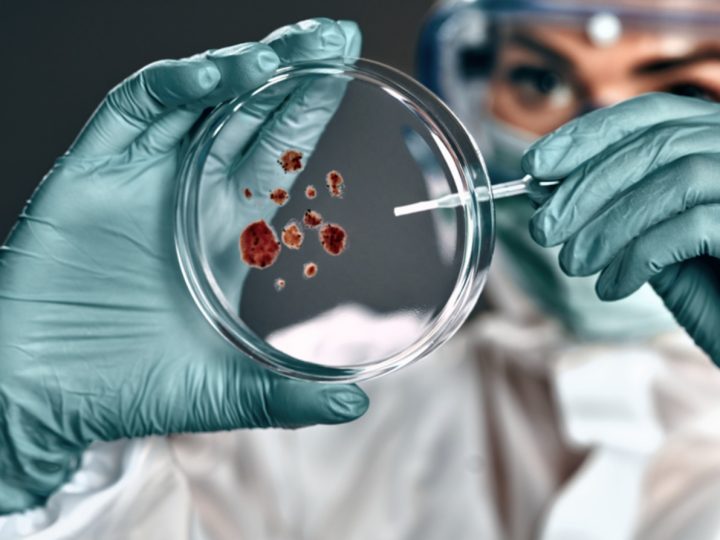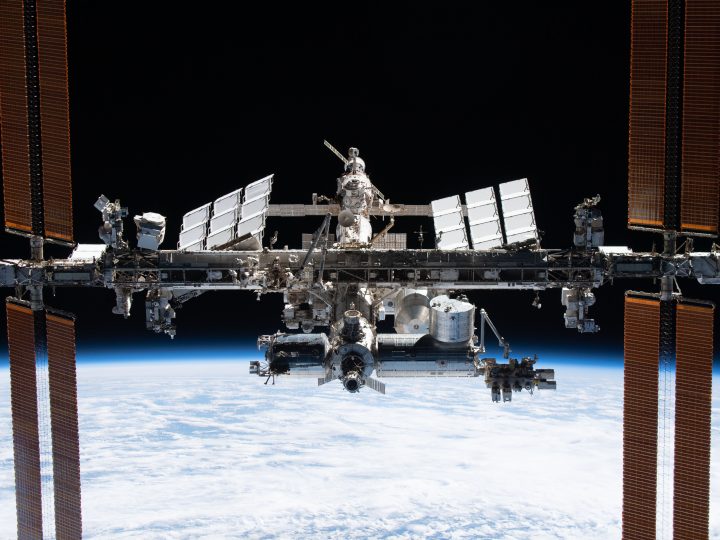The Space Resources Challenge 2025: Call for Proposals Open Until 20 February
Share this page
The European Space Agency (ESA), in collaboration with the Luxembourg Space Agency (LSA) and European Space Resources Innovation Centre (ESRIC), is currently conducting the Second Space Resources Challenge, focusing on innovative methods for the excavation and beneficiation of lunar regolith. The call for proposals for this year’s challenge is open until 20 February 2025, inviting teams from academia, industry, and research institutions to submit their concepts.
Key Dates and Links
Deadline: 20 February 2025
Website: src.esa.int
Application link (via OSIP): https://ideas.esa.int/servlet/hype/IMT?userAction=Browse&templateName=&documentId=1abc5c71958b5cb4d45d47b7c5a97fbb
With a total of €750,000 in funding opportunities available, this challenge presents a significant step towards advancing technologies essential for sustainable lunar exploration.
What is the Space Resources Challenge?
Launched in 2021, the Space Resources Challenge is an ESA initiative designed to foster innovation in space resource utilisation (ISRU). This competition-style programme encourages teams to develop pioneering technologies for prospecting, extracting, and processing resources from extraterrestrial surfaces, with a particular focus on the Moon. The challenge also contributes to the development of a thriving European space resources sector.
The inaugural Space Resources Challenge (2021-2022) focused on the exploration of the lunar surface. Participants developed robotic systems capable of mapping and identifying valuable lunar resources. This supported laying the groundwork for future in-situ resource utilisation. The competition saw impressive advancements in robotic technologies, setting a high standard for future challenges.
The 2025 Challenge: Excavation and Beneficiation
Building on the success of the first challenge, the 2025 edition shifts focus towards excavation and beneficiation. These are two critical steps in making lunar resources usable. Teams are tasked with designing robotic systems that:
- Collect and process lunar regolith (moon dust and soil)
- Use only size-sorting methods to prepare the material for molten salt electrolysis, a process that extracts oxygen from regolith
- Provide sufficient feedstock to produce enough oxygen to sustain eight astronauts for a 30-day mission at the Moon’s South Pole
The best-performing team in the competition will receive a €500,000 development contract from ESA, while the best team in the beneficiation category will be awarded up to €250,000 by LSA and ESRIC.
Testing at the LUNA Facility
For the first time, the Space Resources Challenge will take place at LUNA, ESA’s cutting-edge lunar analogue facility. Spanning over 700 square metres, LUNA recreates realistic lunar conditions, including topography, lighting variations, and regolith simulants. The facility provides an ideal environment for teams to test their robotic systems in a setting that closely mirrors the Moon’s surface.

Informational Webinar: Watch the Recording
An informational webinar was held recently, providing potential participants with key insights into the challenge’s objectives, requirements, and evaluation criteria. Experts discussed technical aspects, including the LUNA facility’s environment, robotic design considerations, and ISRU processes.
If you missed the live session, you can watch the full recording below, where panel members discuss the competition in detail and answer participant questions.

Related News


